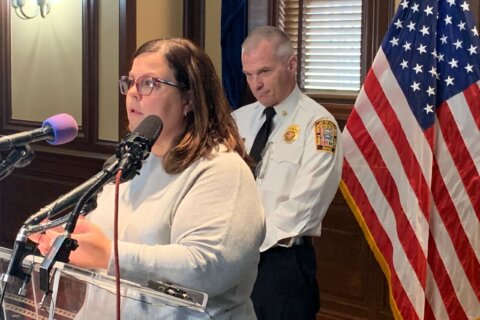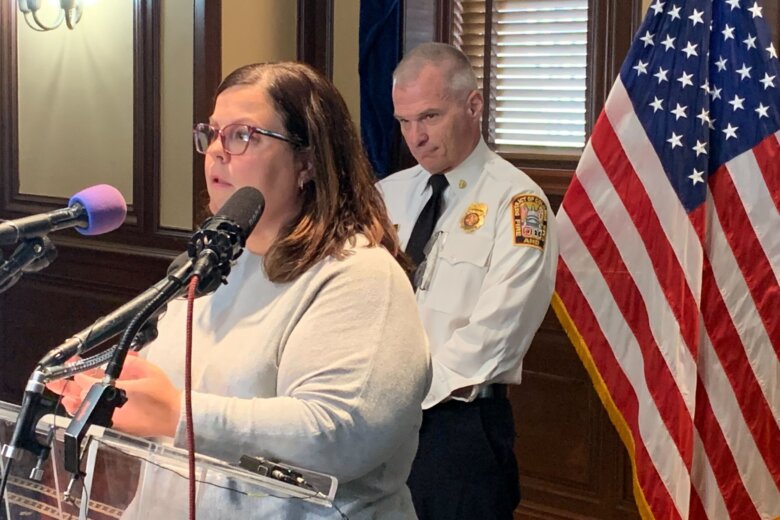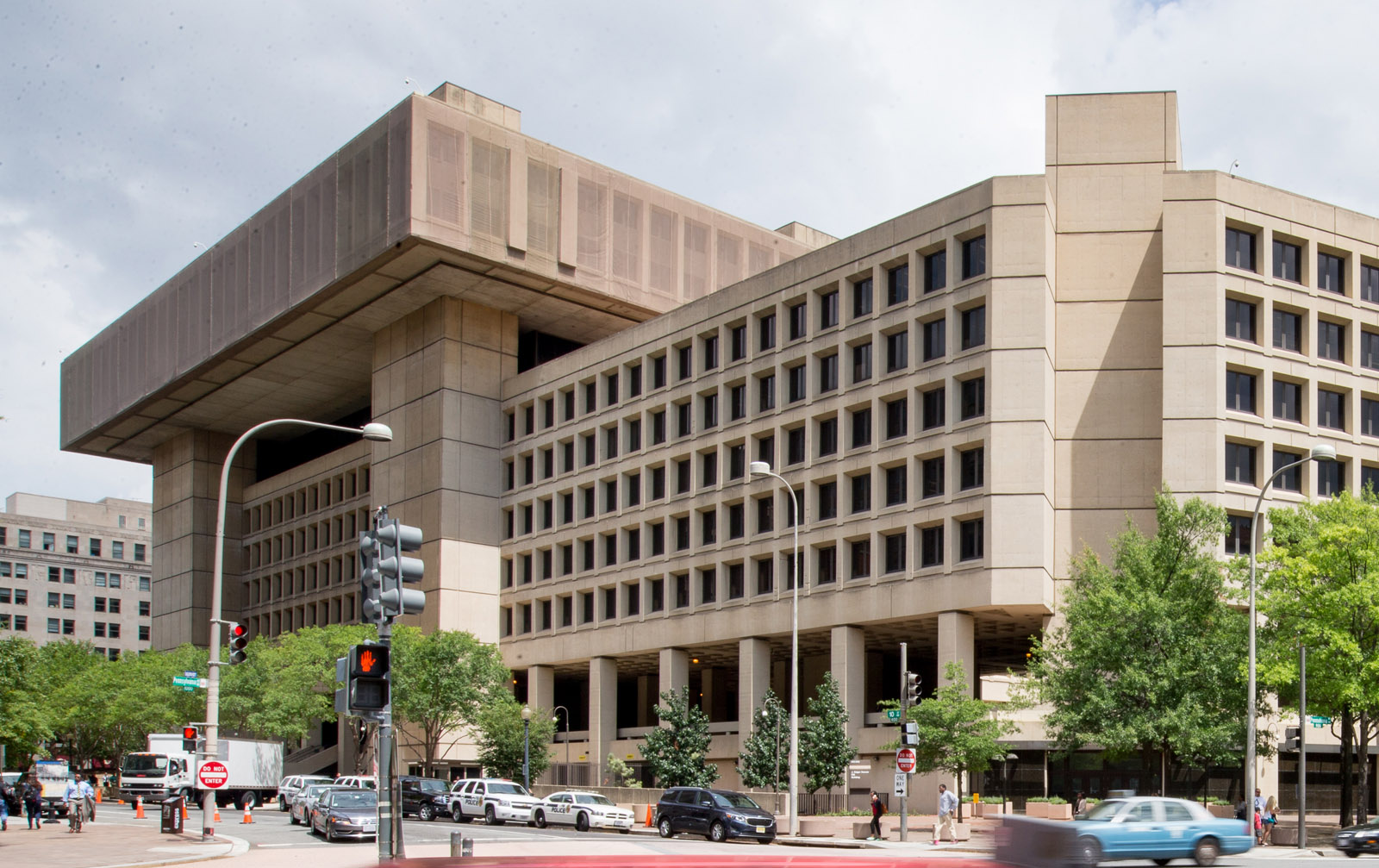
The delay in alerting first responders to the flooding at a pet day care in Northeast D.C. last week was the result of a miscommunication between D.C.’s 911 call center and D.C. Fire and EMS about the situation’s severity, according to the call center director at a news conference Monday.
Ten dogs were killed during the flood at District Dogs in Northeast D.C. on Aug. 14. Their families are still mourning their loss, and asking what really led to their pets’ deaths.
One dog owner who lost her pet told WTOP that her dog “had to suffer the consequences just because the city and District Dogs didn’t take accountability” for creating an emergency plan in case of flooding.
Office of Unified Communications director Heather McGaffin said she was “incredibly sorry” for the dog owners who lost a family member. She said that the delay of the day care employees’ and dogs’ rescues was due to “no policy or protocol” being in place for extreme flooding.
“What I am saying is, we could have done things differently,” McGaffin said. “This was an unprecedented event. And so now, as we look at what we could have done differently, we are making changes.”
What actually happened?
McGaffin first outlined the timeline of the three 911 calls that the call center received, with the first two calls coming from the manager and assistant manager of District Dogs who were watching the flooding on security cameras from Maryland.
In a released transcript of the calls, the manager first told the call taker that the dog day care was “flooding horribly” and “the walls gave out.” After confirming the location of the day care and a call back number, the manager said again that “the whole building is going under water right now” and that “people are in danger.”
The call taker said they would dispatch an emergency response unit, but D.C. Fire water rescue teams did not know how bad things were inside the facility until 16 minutes after the first call. And they did not start rescue efforts in the building until 23 minutes after that call.
Three minutes later, a second call came in from the assistant manager, who repeated that “the walls collapsed.” The call taker assured the caller that “help is coming” and that they had already contacted the fire department after the first call.
McGaffin said that the 911 call takers had communicated all of this to a dispatcher, but that there had been a key miscommunication. The dispatcher had reached out to D.C. Fire, saying that there was a “water leak” at the day care, which the fire department determined was not a priority and was sent as a computer message to rescue crews that were already assisting drivers stuck in flooding roadways nearby.
It wasn’t until someone from inside District Dogs reached the call center, 12 minutes after the original 911 call, and said that there were seven people trapped in water that was “about 12 feet high” that dispatchers reached out to rescue teams over the radio.
At the same time that D.C. Fire crews were hearing about the serious flooding at the day care over the radio for the first time, rescue teams said they saw someone swimming out of the facility. Nine minutes later, rescue crews said they “had entered the building and had begun rescuing individuals and dogs.”
A lack of protocol
McGaffin said that this miscommunication about the urgency of the situation — that it was categorized as a “water leak” by the dispatcher — was due to a lack of protocol for an extreme flooding incident.
McGaffin said that for now, incidents such as last week’s flooding will be categorized as a “building collapse,” until OUC can decide on “criteria” with D.C. police and DC Fire and EMS for a new emergency code.
When asked if she would call the 23-minute gap between that first call and rescue efforts a “mistake,” McGaffin said no.
“What I will say is that it leaves room for us to strengthen how we communicate with responders on the scene, especially when they’re not in front of their computers,” she added. “I am dedicated to doing that. And we will be making procedural policy and operational changes to reflect that.”
McGaffin said she could not disclose whether the dispatcher who coded the incident as a “water leak” would be disciplined.
“This person does not have a conduct issue,” she said. “This was a performance issue. We are addressing that. Now, whether that is with additional training or whether that is with some other sort of discipline, but it is always captured in some way or form.”
DC Fire and EMS Chief John A. Donnelly Sr. said he “would have liked to have been able to get there earlier,” when the front wall had first collapsed.
“We would have sent a boat over,” Donnelly said during the news conference. “If at that point the front wall had broken.”
Future changes
D.C.’s 911 call center, operated by the OUC, has been criticized over the last two years for not meeting national standards for getting timely help to callers, including struggling to determine the location of emergencies.
In a review from September 2022, D.C. auditors said there had only been minimal progress on the long-standing issues in the OUC and that there were likely more mistaken address incidents than the agency reported.
McGaffin said during Monday’s news conference that she is making progress on some of the larger problems at the call center, including filling call taker and dispatcher vacancies.
“And that’s the end goal, getting more people into the seats at OUC,” she said. “Making sure that our policies are steadfast and making sure that when there are events that we’ve never dealt with before historically, that we’re looking at them holistically and making any policy and operational changes that need to be made.”
WTOP’s Mike Murillo contributed to this report.









